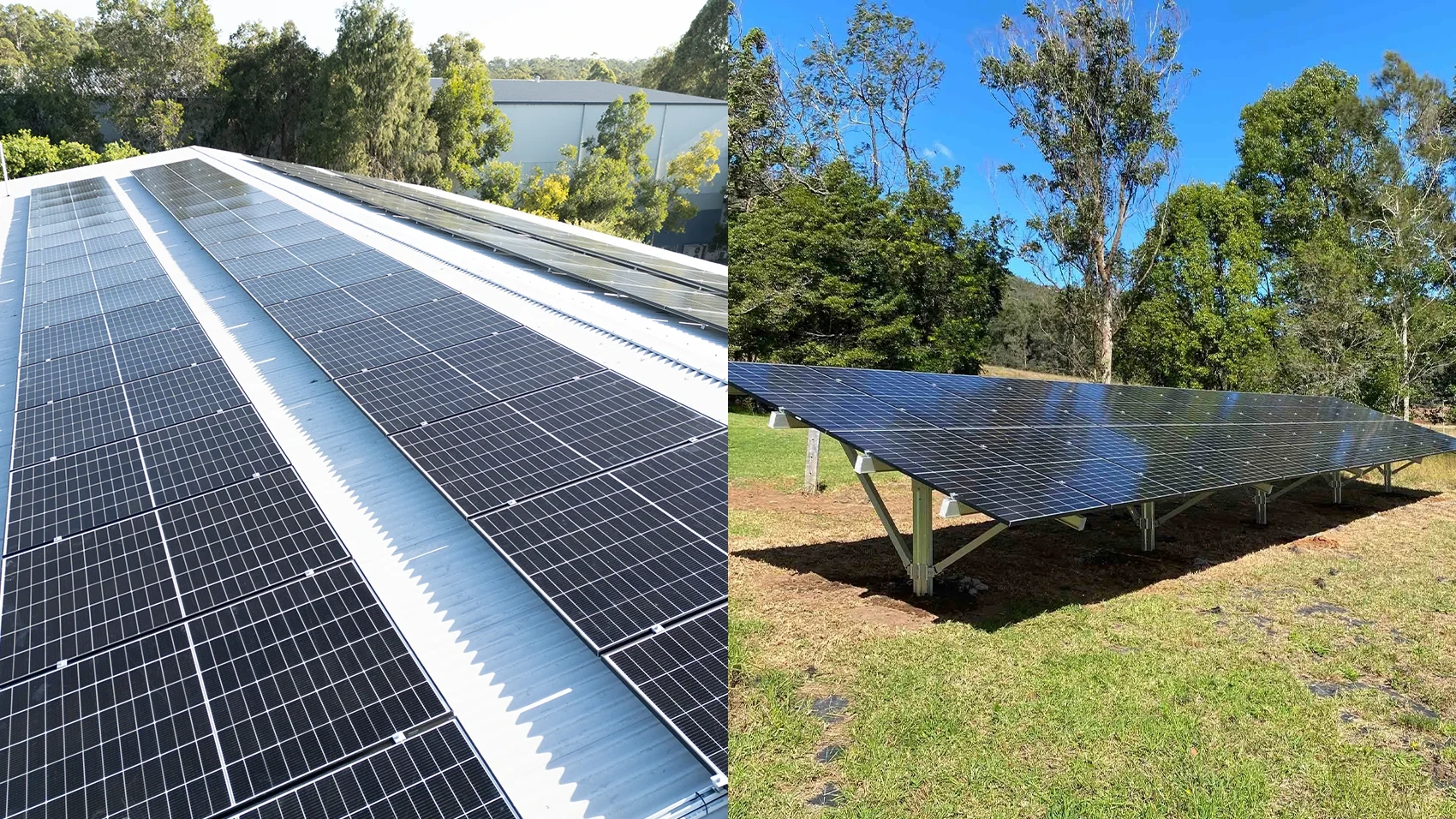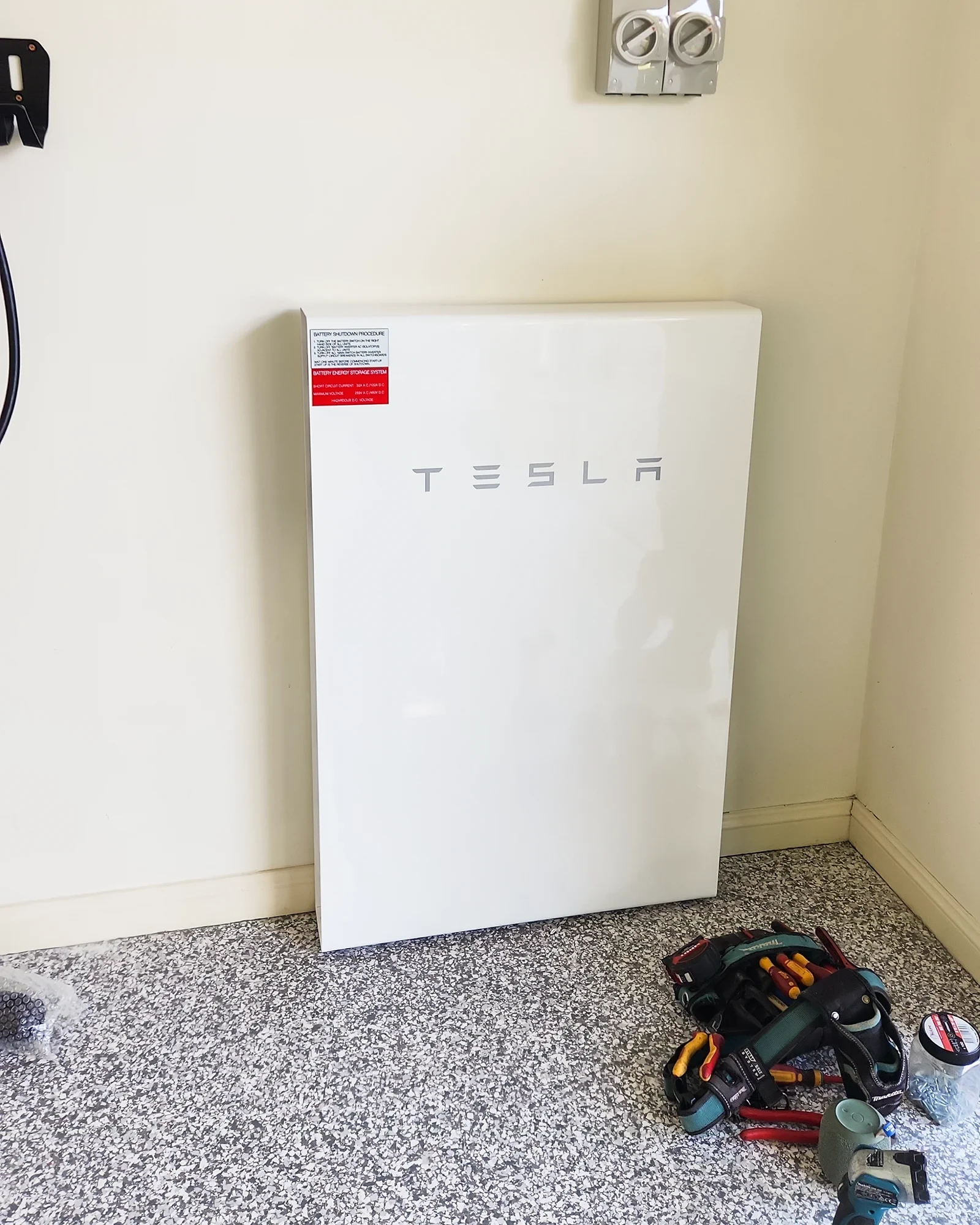The NSW Battery PRDS Incentive is Now Available
The NSW Battery PRDS Incentive is Now Available
Posted 30 Nov
Agrivoltaics / Agrisolar, also known as solar farming or solar sharing, is a concept that combines agriculture and solar (PV) technology. It involves the coexistence of solar power generation and agricultural activities on the same land, creating a mutually beneficial system.
In an Agrivoltaics setup, solar panels or photovoltaic (PV) modules are installed above the ground or on structures such as canopies, allowing sunlight to pass through and reach the crops grown beneath them. This arrangement provides shade and reduces the intensity of direct sunlight, which can benefit certain crops that are sensitive to excessive heat or sunlight in Australia.
The integration of solar panels with agriculture offers several advantages. Firstly, it allows for the efficient use of land, maximising the productivity of a given area by generating renewable solar energy while maintaining agricultural production. It is particularly beneficial in areas where land availability is limited or expensive.


Secondly, the shade provided by the solar panels helps reduce water evaporation from the soil, minimising the need for irrigation and
conserving water resources.
Additionally, the reduced evaporation can create a more favourable microclimate, mitigating extreme temperature fluctuations and wind
erosion, which can enhance crop growth and reduce water requirements.
Agrisolar can also contribute to Australian energy sustainability by generating clean electricity from the solar panels. This renewable
energy can be used on-site to power irrigation systems, farm equipment, or stored in batteries for later use or in times of grid outages
to protect your production line from stopping.
Surplus energy can be fed into the grid, further promoting the use of clean energy sources.
The choice of crops in agrivoltaics systems is crucial, as some crops are more suited to grow in shaded conditions than others. Typically, plants that thrive in partial shade, such as certain vegetables, herbs, and some fruit trees, are well-suited for agrivoltaics setups. Careful planning and monitoring are necessary to optimise crop selection, spacing, and solar panel configuration to ensure the best results in the Australian landscapes.
In Australia there are huge tracts of farming land which are located in regions with excellent solar resources. The burgeoning need for large areas of land to generate renewable energy need not conflict with the business of the day, farming. The combination of agricultural and energy generating activities can be symbiotic if carefully planned.
Wind farms on farming land are commonplace but the combination of farming activities and solar photovoltaic generation is embryonic, not just in Australia but worldwide.
When Agrivoltaics is analysed in some detail, a large number of opportunities for further research emerge. Some talking points follow but the field is so large that it is in no way comprehensive. Note that ground mount solar arrays can be either fixed tilt or mounted on a tracker system for optimal solar performance all day.
The water conservation aspects mentioned earlier are extremely important in the Australian context both now and into an increasingly unstable weather future:


Small animals such as sheep and chickens can be ranged beneath solar modules for an optimal Agrisolar system, and to graze on suitable
grass.
The animal manure can act as a soil fertiliser and the animal grazing can prevent undergrowth interfering with PV generation activities.
Ease of animal movement to fresh areas using array structures as fencing elements prevents overgrazing. Some experimental work suggests
that a green ground cover reflects less infrared heat than bare ground, enhancing PV module thermal performance to a small but useful
degree. Commonly used bifacial PV modules perform well with green grass albedo.
Experimental work may confirm that newly shorn sheep would benefit from the shade provided on winter nights by solar modules in ameliorating soil infrared radiation into the night sky. Certainly, shade from the harsh Australian Summer day sun would benefit crops.
Cattle because of their considerable strength may pose a problem when placed adjacent to solar arrays. However, using electric fencing energised from the array may make this activity possible. Certainly, switchable electric fencing used in the containment of sheep would allow automation of the process of stock movement to prevent over grazing.
Which financial crops would benefit from diurnal shading is a question for specialists in the field. Certain frost prone crops would benefit from the reduced infrared radiation effect noted in a previous paragraph.
One can speculate about the possible benefits from reduced moisture evaporation from a shaded surface under the PV modules. The microclimate of a grassed area under solar modules including evaporative cooling has a small but over time significant positive effect on PV module performance.


Under the heading of animal grazing, we can include apiculture activities. The energy that a typical beehive population expends in cooling
the hive during hot weather is considerable and must detract from pollen foraging activities.
Solar shading mitigates this energy expenditure.
This is in the area of Agrivoltaics, expertise of plant biologists and research may develop plant strains optimised for the shade environment, whether that environment is that of fixed tilt solar panel arrays or diurnal east west tracking arrays. Utilising elements of the array structure as trellises might be an option for particular crops.
Because of the computer control over tilt angle (with east west tracking arrays in Australia), research may find optimum tilt algorithms to advantage plant growth at particular growth stages with minimal impact on PV production. In any case farmers and solar owners can strike agreements to advantage both parties in compromise situations.
From the above, it is obvious that there are rich areas for research to best use the land in dual use Agrivoltaics scenarios. Landowners can remain farmers with considerable additional income from hosting solar energy farming without affecting any production.
Agrivoltaics is an innovative approach that combines renewable Australian energy generation with sustainable agriculture, offering a potential solution for land and water resource management while addressing climate change and promoting food and energy security. Research and pilot projects are needed in the many different aspects of agrivoltaics to further refine the design, economics, and implementation of these systems.

Rooftop and ground mounted solar are ways you can add solar to your home.. but which is better? Compare roof vs. ground solar systems and see what's best.

Explore the NSW battery 'rebate' (Peak Demand Reduction Scheme), approved battery brands, pricing, and how you can be eligible to save on your first battery.
Leave a Comment